Asparagus
1. If you want asparagus to blossom and bear more fruits, you should apply more compound fertilizer containing nitrogen and phosphorus during growth, and other liquid fertilizers can also be used. Do not apply too much fertilizer during flowering. You can apply liquid fertilizer every two months

2. Soak the collected asparagus seeds in water for a period of time to promote germination
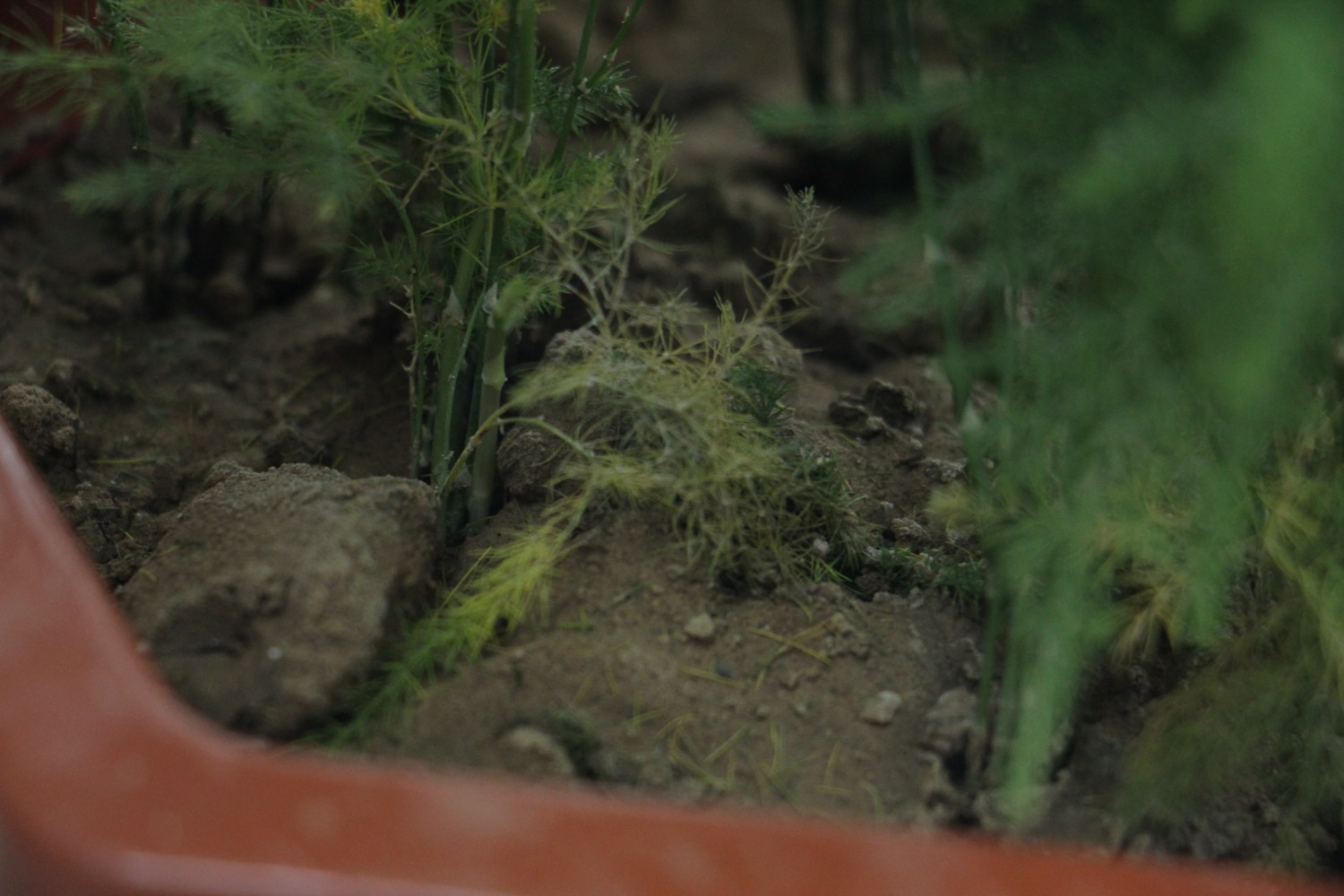
3. Prepare loose and fertile soil. You can use rotten leaf soil or peat soil
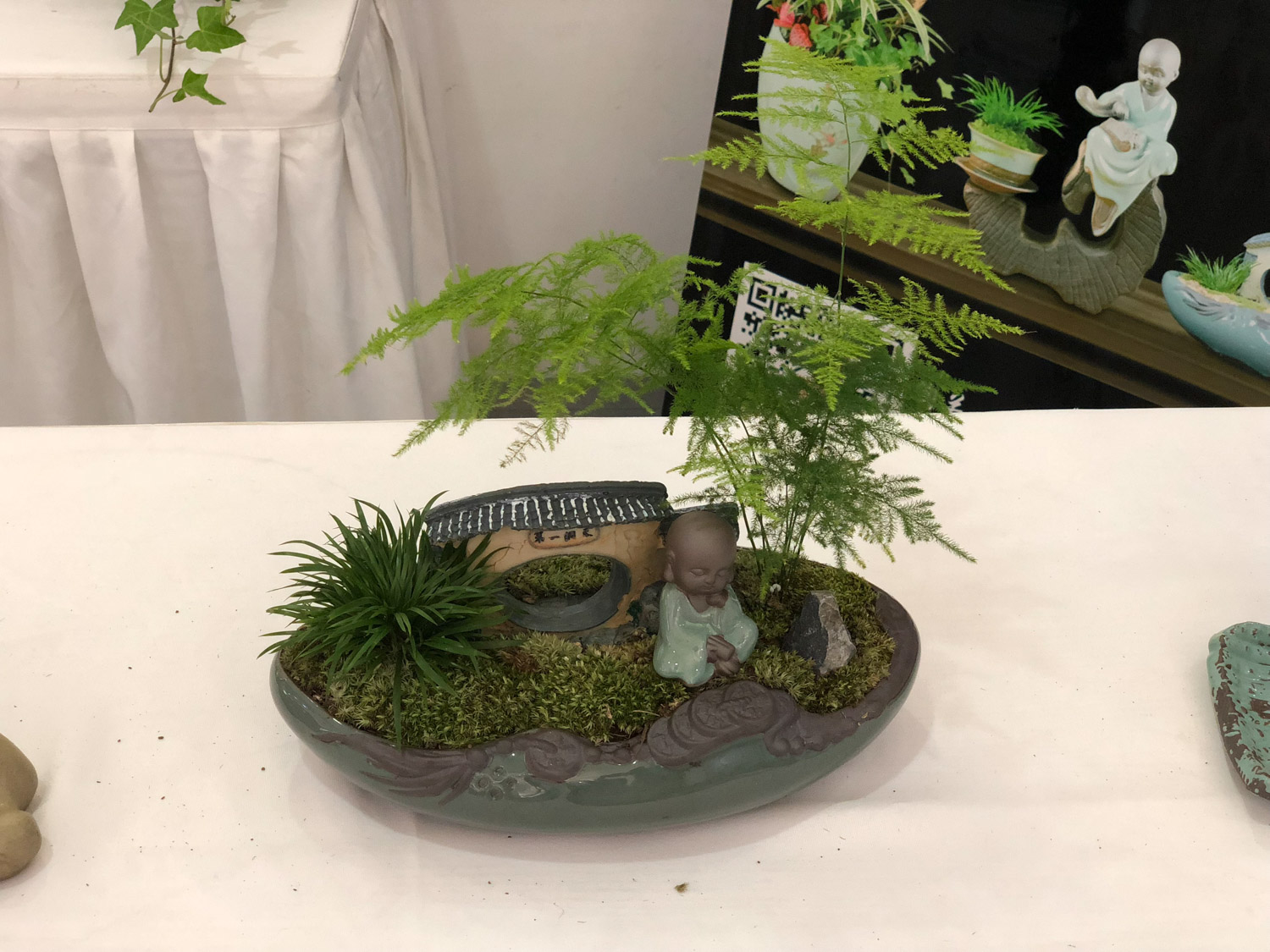
4. Spread the seeds evenly into the soil, cover it with two or three centimeters of soil, water it through, and cover a layer of plastic bags above the flowerpot to moisturize it

5. Keep the soil moist and it will germinate in about a month. After germination, remove the plastic bag and put the flowerpot in the scattered light for ventilation
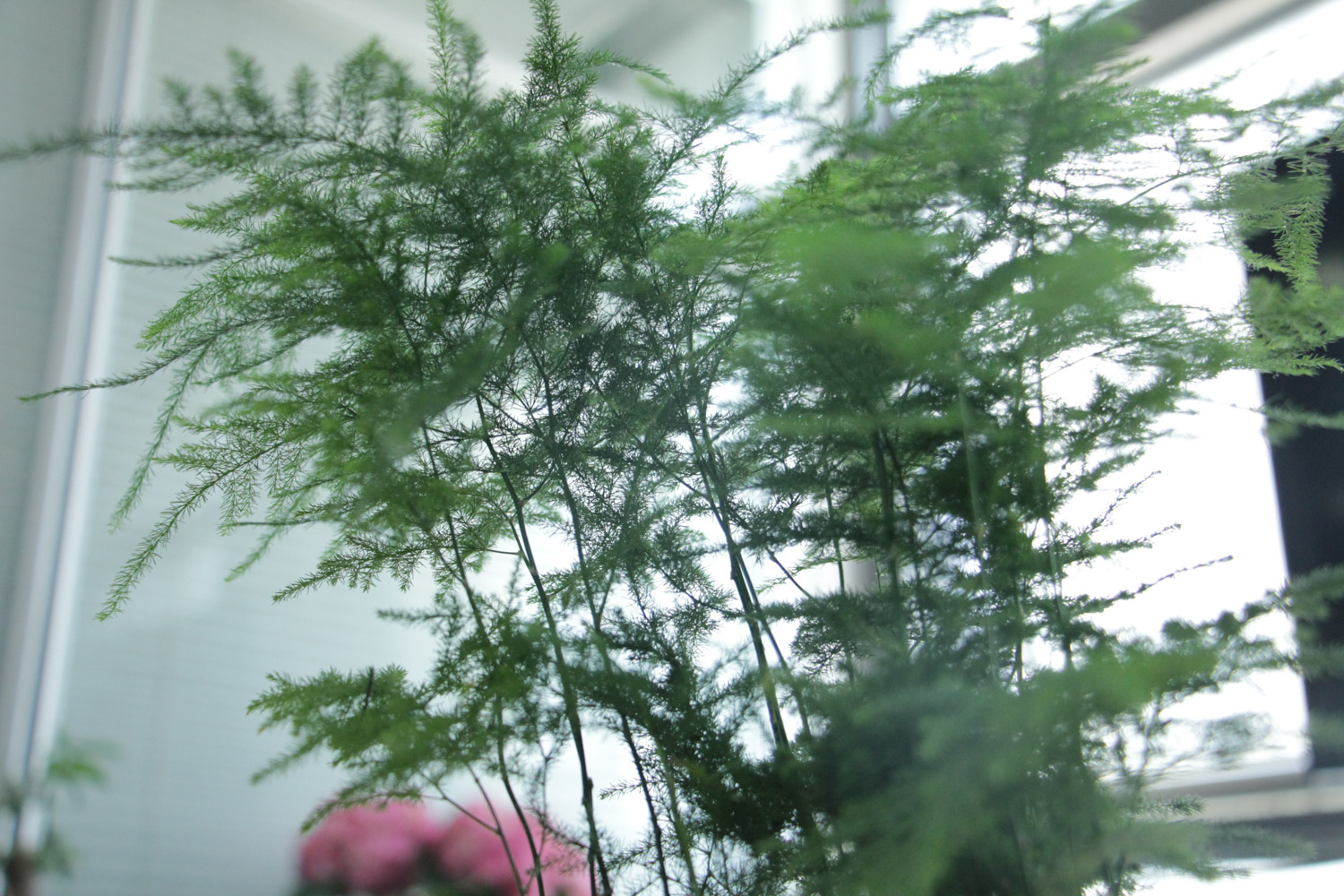
6. As the seedlings continue to grow, they can slowly increase the light and promote the growth of branches and leaves
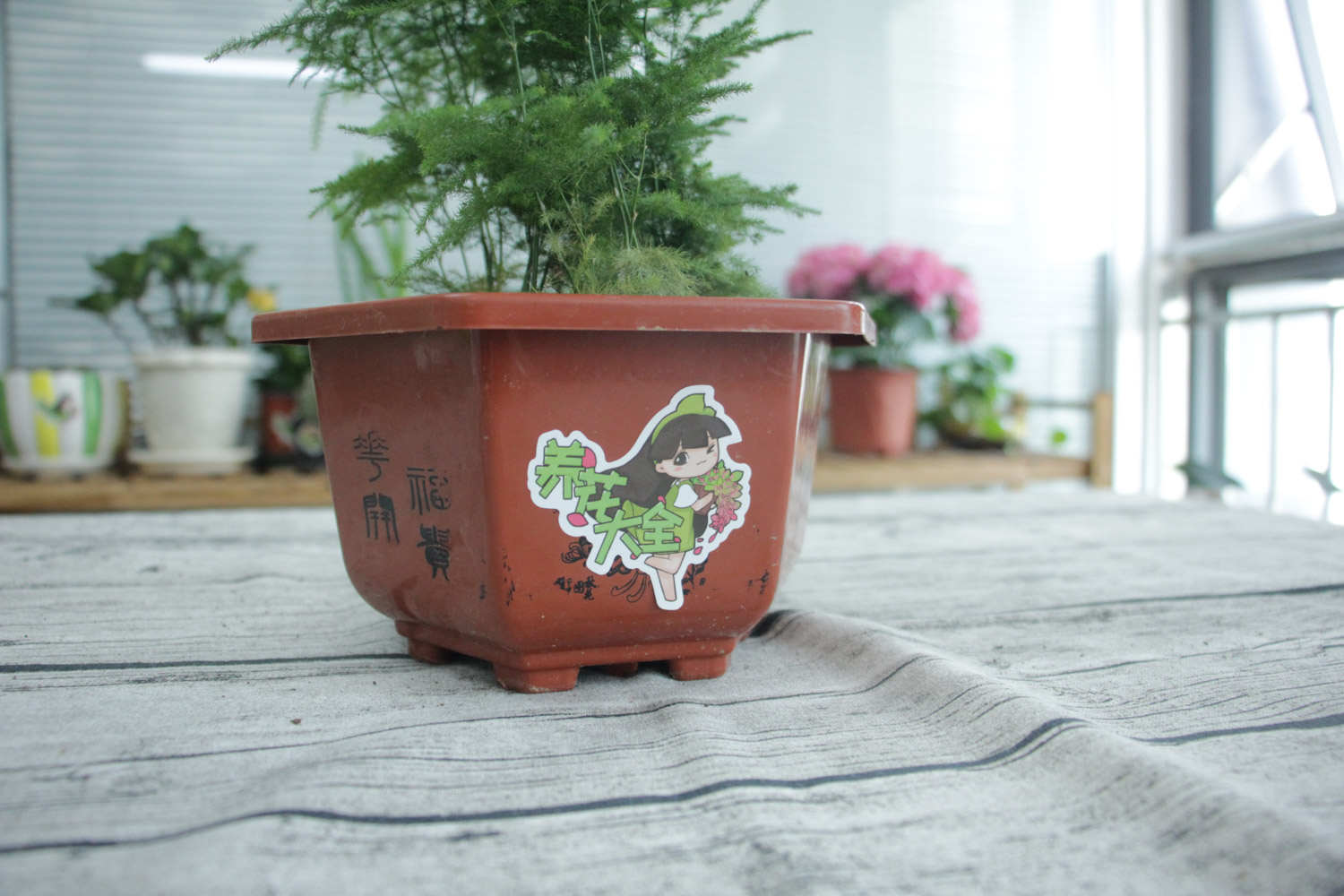
7. When the seedlings grow loose leaves, they can be transplanted in pots< span>
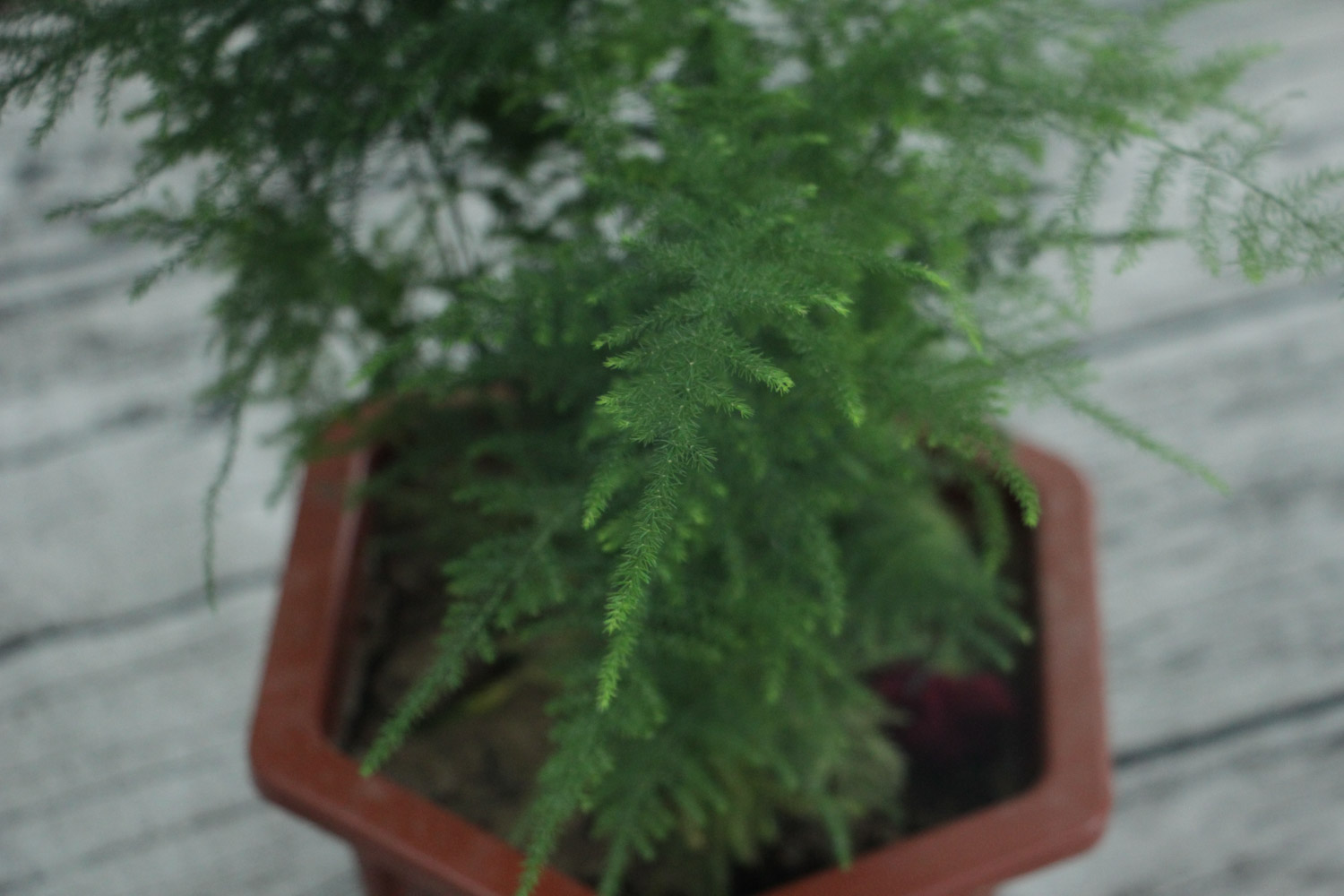
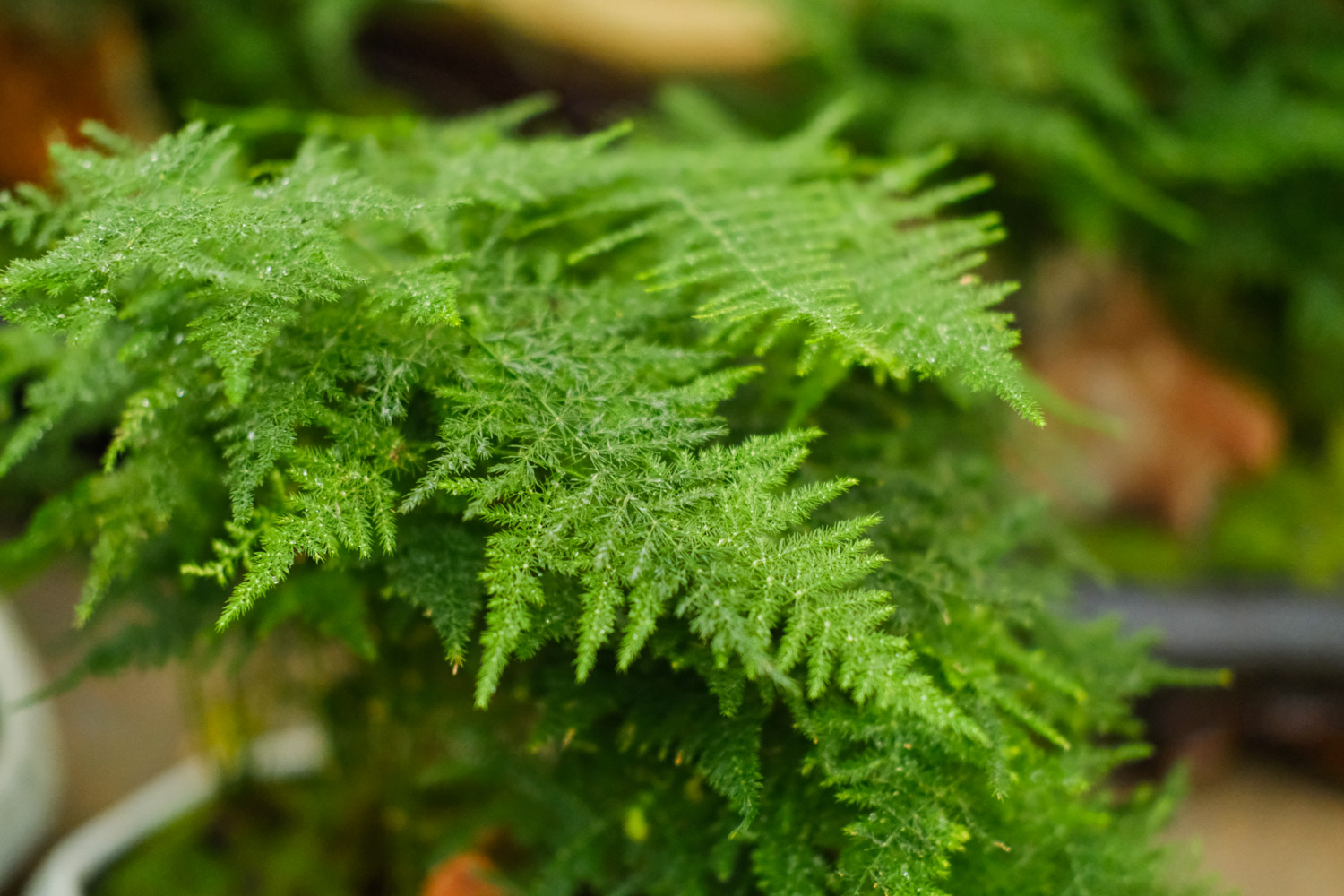
8. In this way, the propagation of asparagus is fast and simple, and soon you will become a large asparagus family
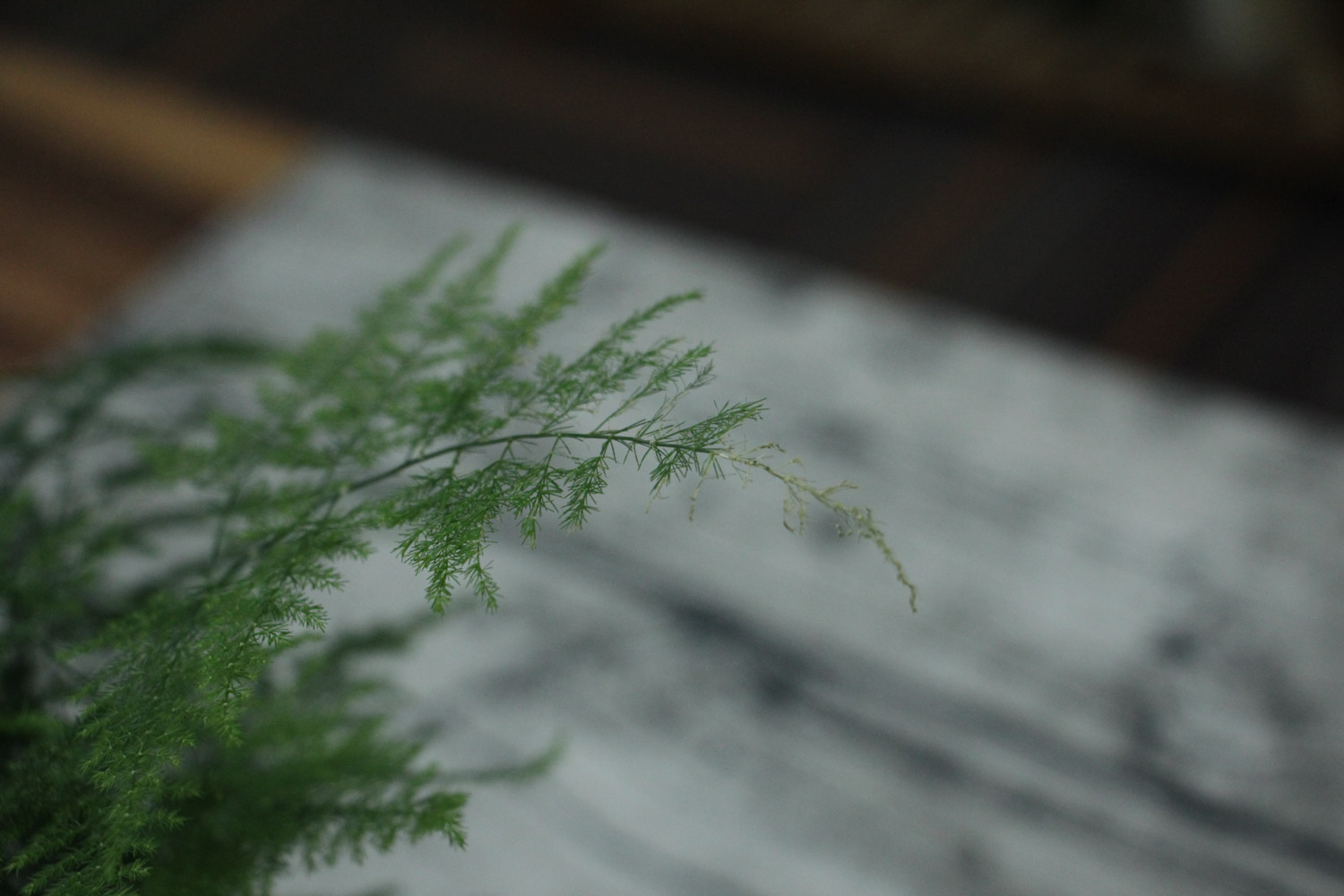
Clivia
In addition to asparagus, the familiar Clivia can also sow its own seeds after flowering
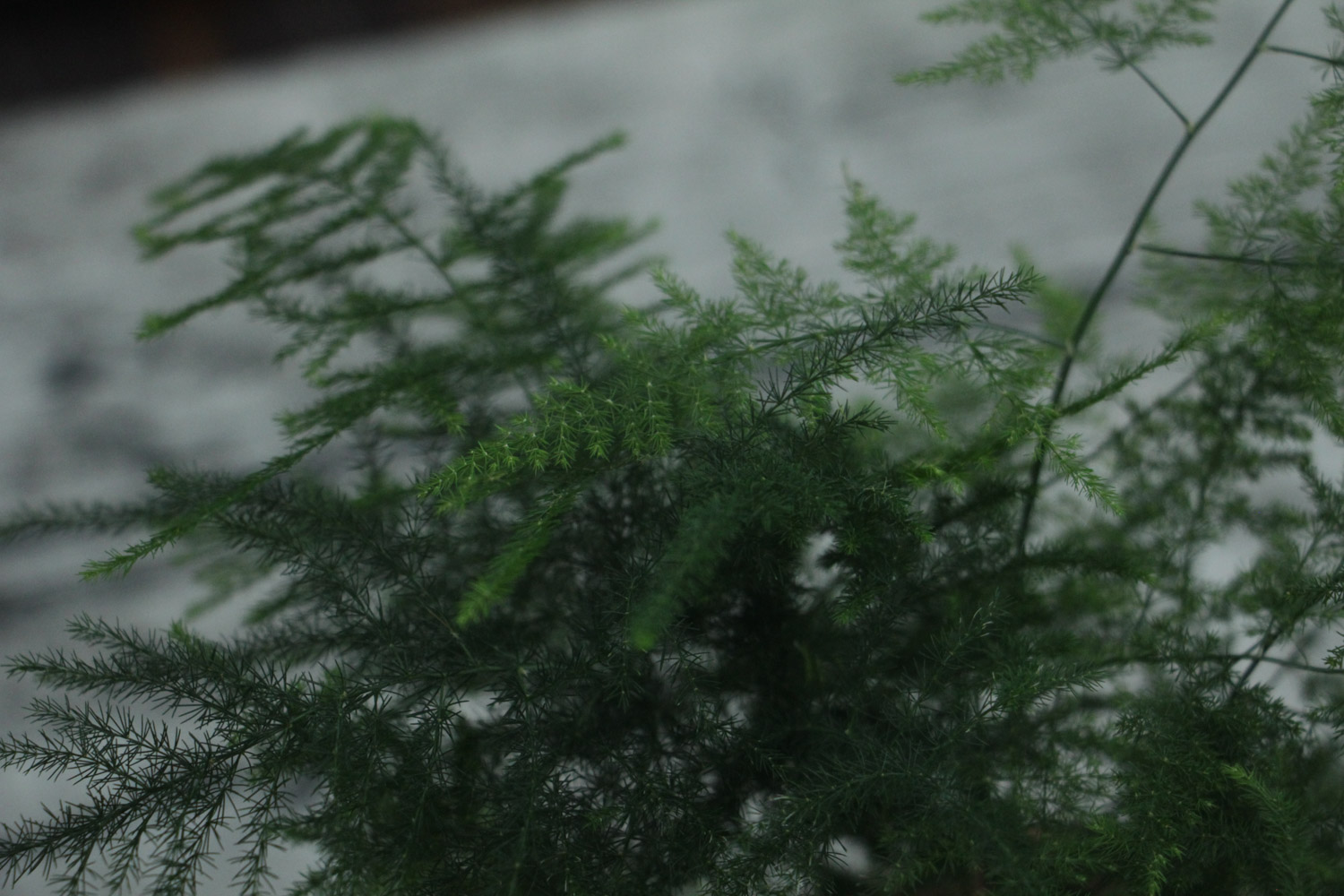
1. After the seeds of Clivia mature, clear the seeds from the pulp seeds and put them in a place with sufficient light to dry for two days
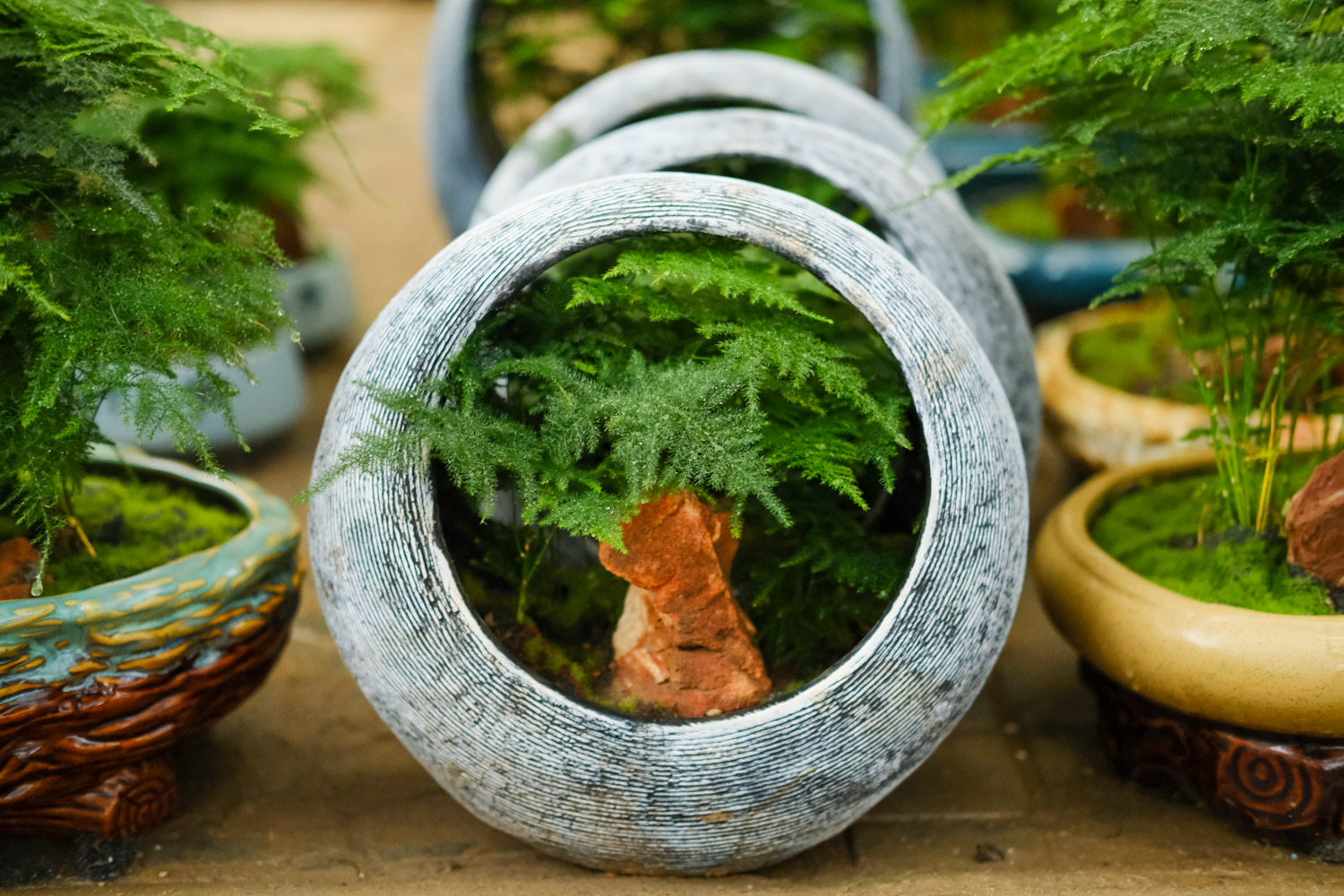
2. Find some new shavings to make sawdust from household wood
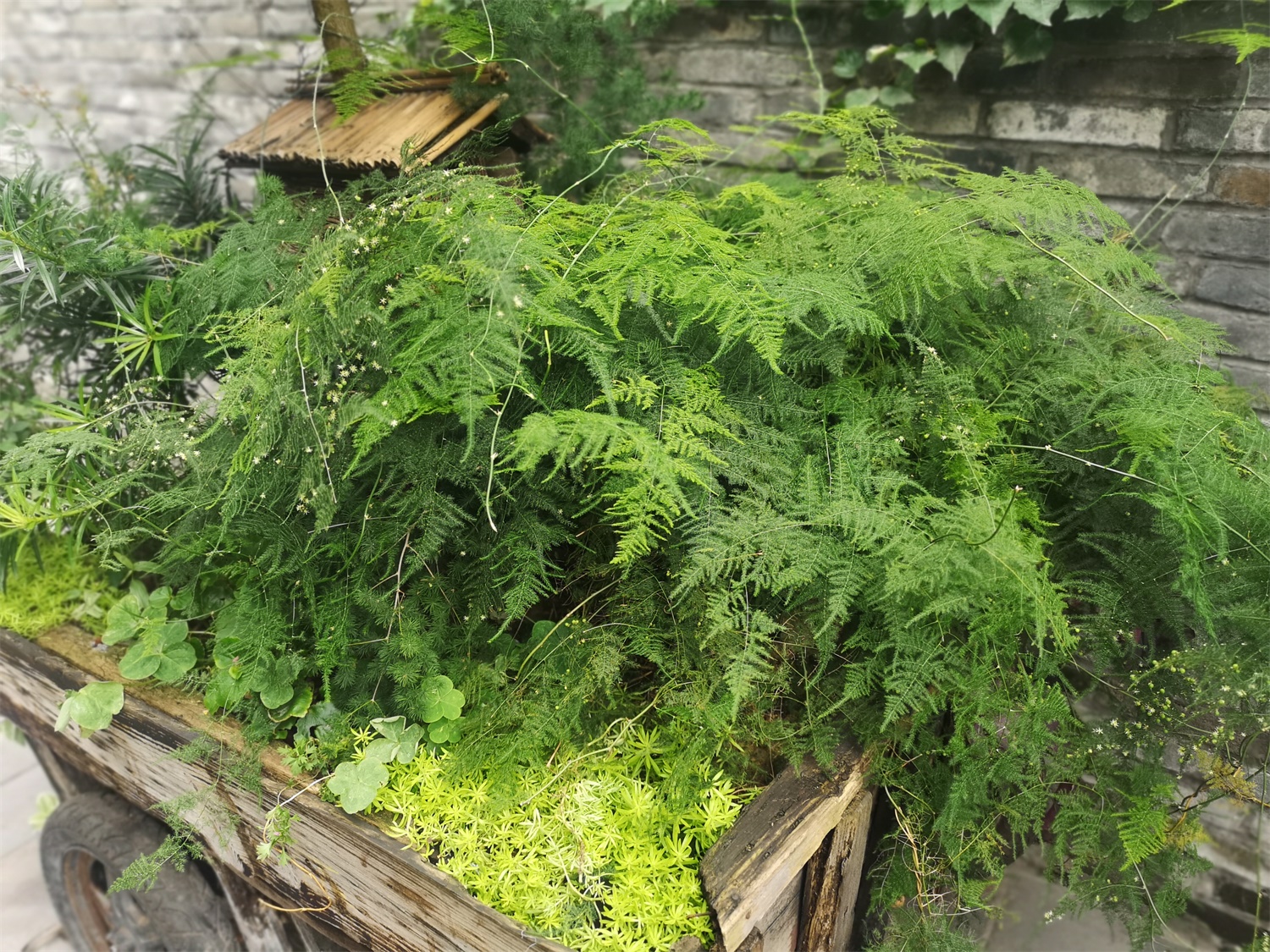
3. Put the shavings and tools for planting Clivia into hot water and cook for about ten minutes for disinfection
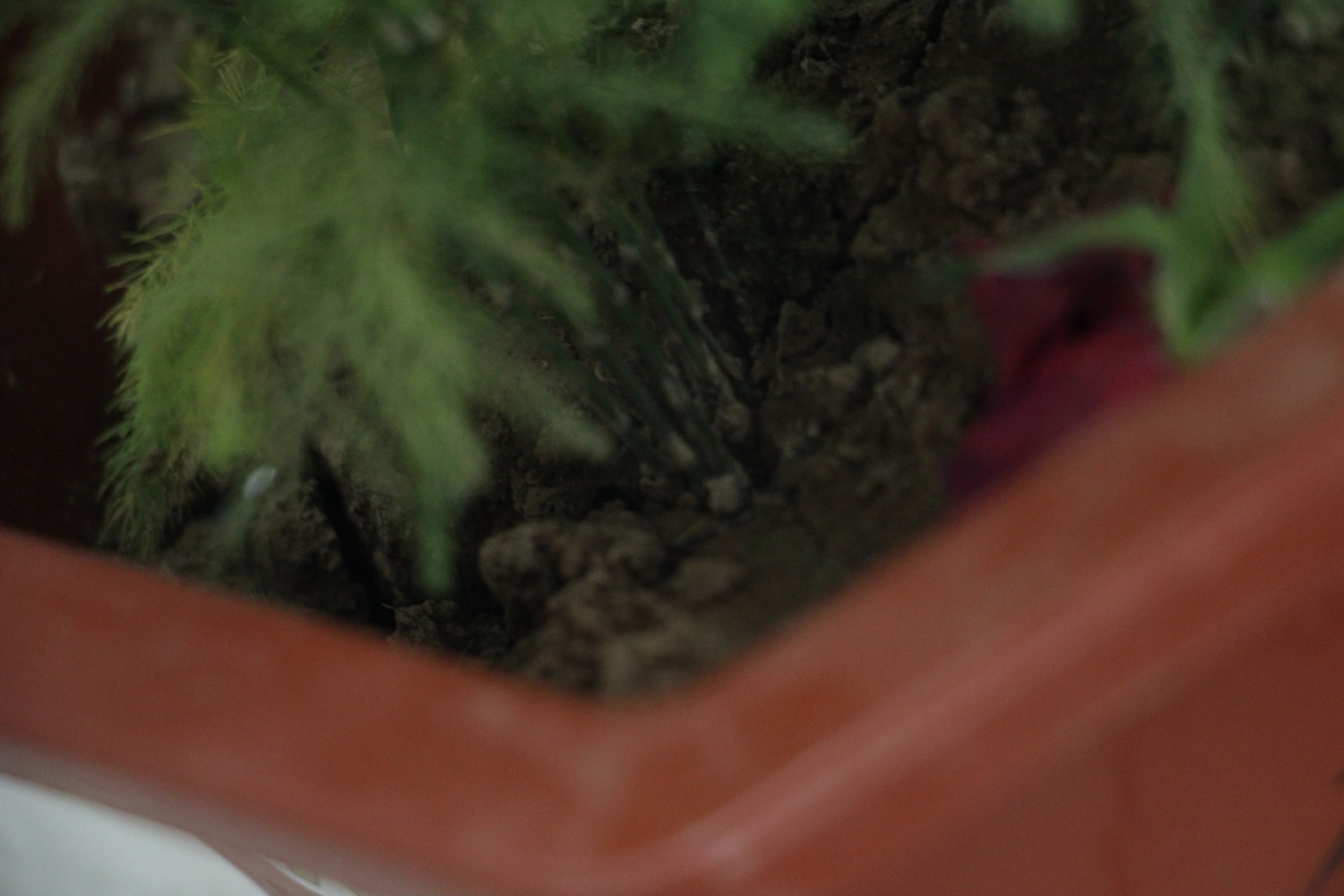
4. Put the dried Clivia seeds into a cup and add an appropriate amount of water to promote germination
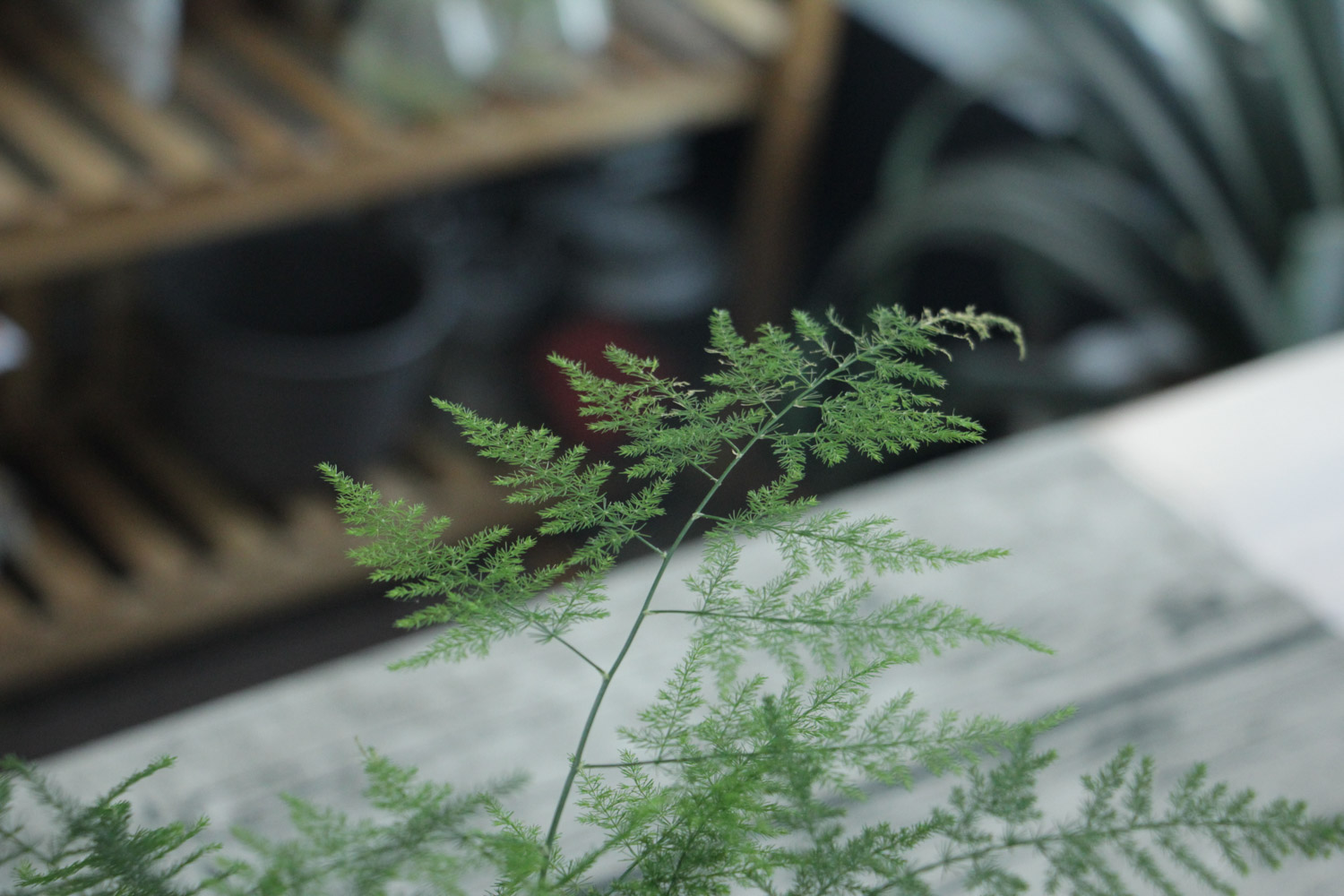
5. Then plant Clivia seeds into shavings
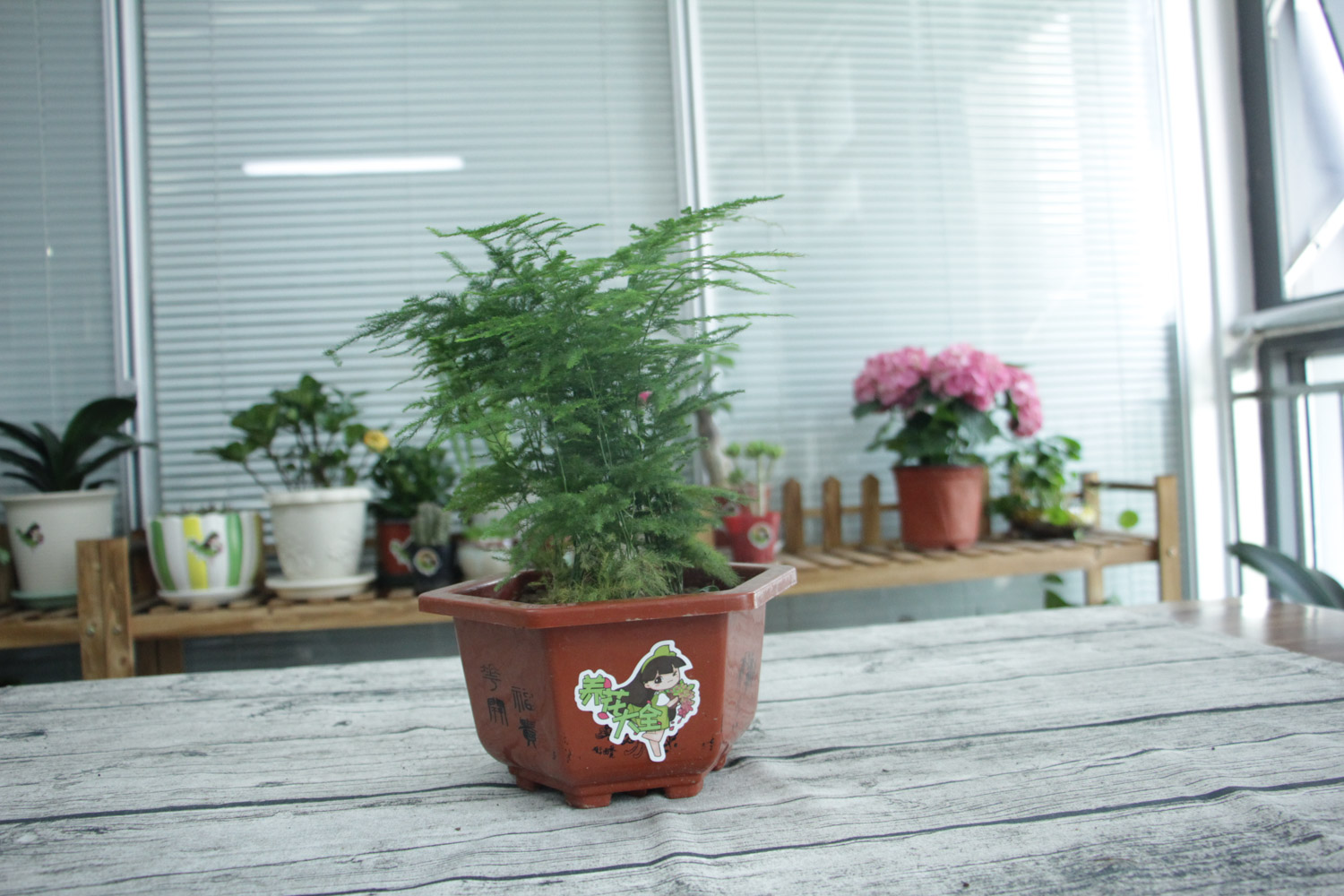
6. Evenly cover the seeds with a layer of shavings to completely cover the seeds
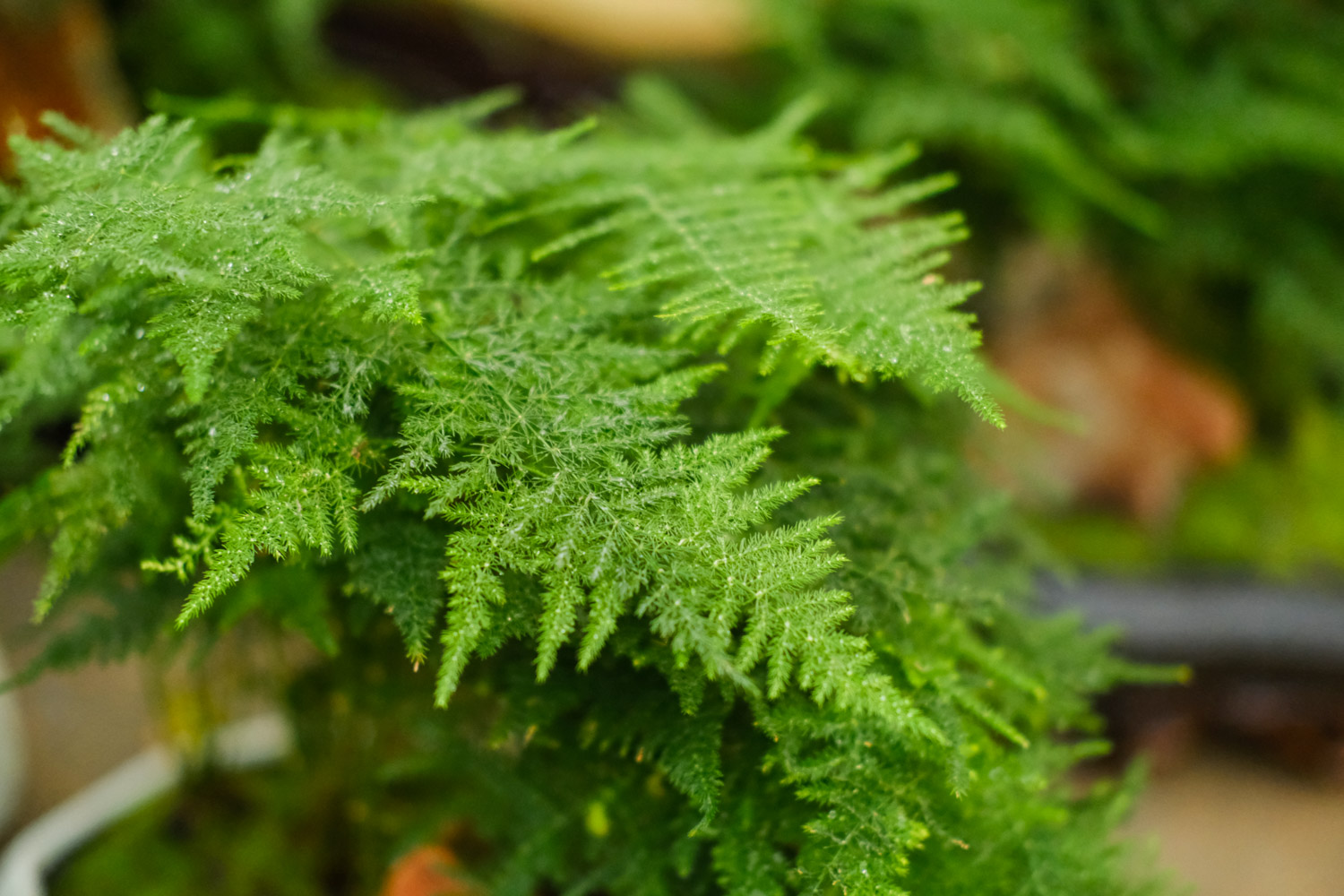
7. After seeing the seeds sprout, you can take the seeds out of the shavings and put them in a basin
8. When planting, the root is down and the bud is up. Loose and fertile pine needle soil should be selected for planting Clivia
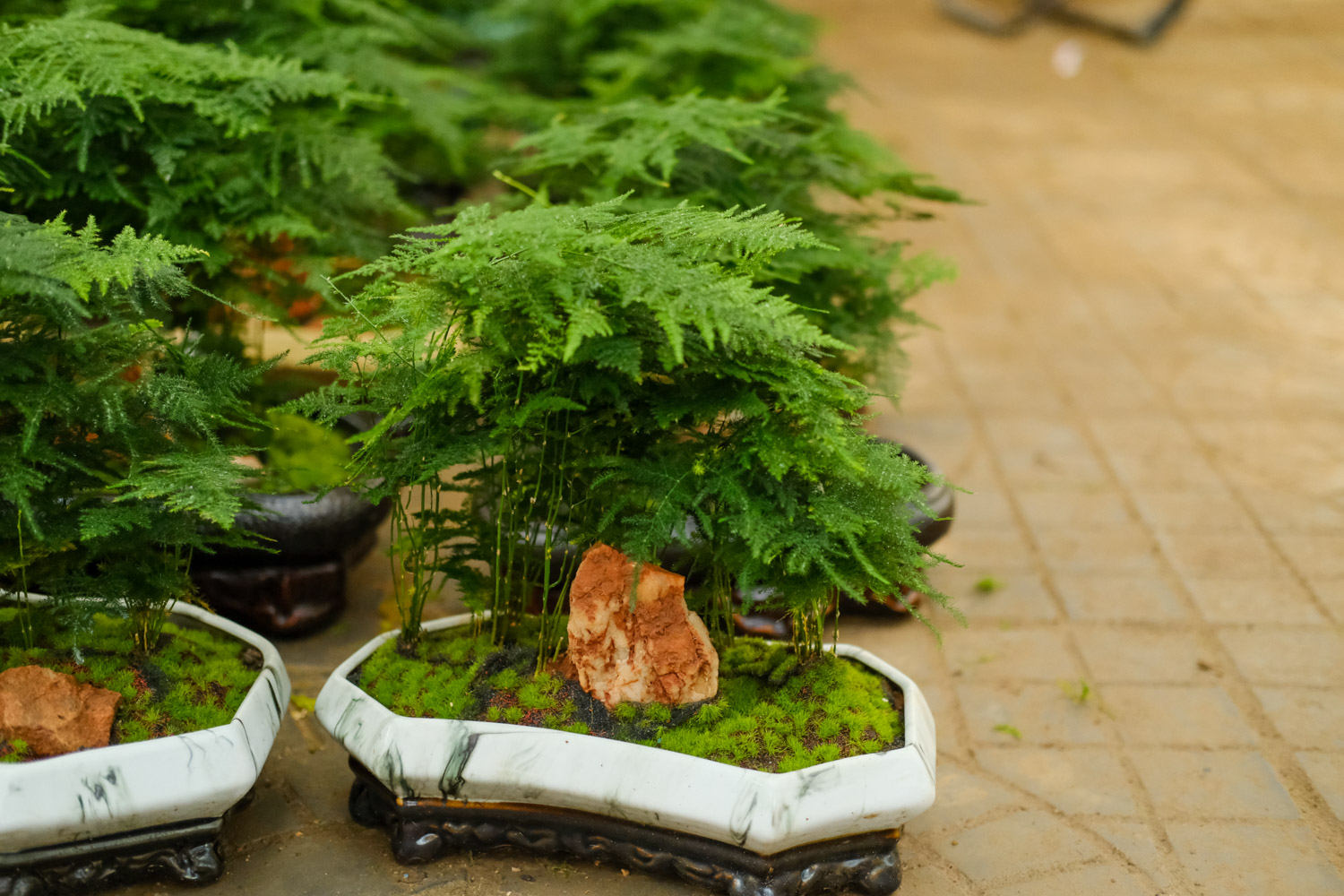

 how many times do yo...
how many times do yo... how many planted tre...
how many planted tre... how many pine trees ...
how many pine trees ... how many pecan trees...
how many pecan trees... how many plants comp...
how many plants comp... how many plants can ...
how many plants can ... how many plants and ...
how many plants and ... how many pepper plan...
how many pepper plan...




























